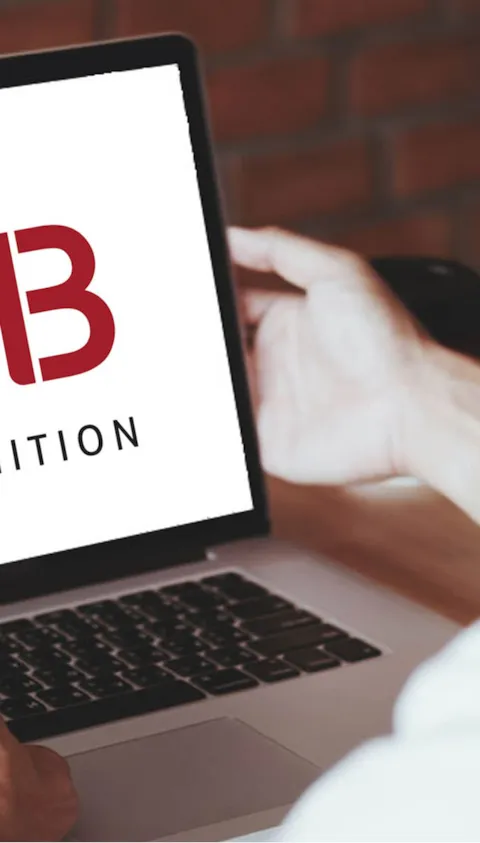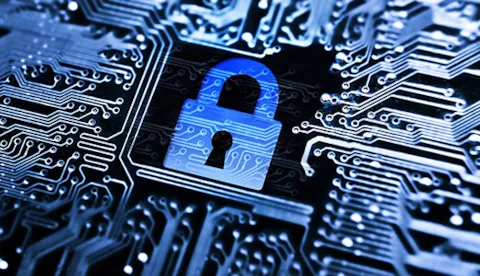


Se vores kursuskalender

Kurser inden for ISO 27001 – Certificeret af PECB

Se vores kommende webinarer og events
Forespørgsel på tilbud
Send os en online forespørgsel
Download & Ressource Center
Bliv opdateret, eller få ny viden inden for certificering, via vores lokale som internationale Whitepapers, Guides og Publikationer.

Overfør din certificering til DNV
Så nemt overfører du din certificering til os

Certificeringsguides
Få informative guidelines, tips og tjeklister her

Standarder i overgangsperioden
Få den nødvendige viden du behøver til en effektiv konvertering til de nye standarder

Praktisk information, regler & betingelser
Her finder du praktisk information, regler, krav og betingelser vedrørende certificering
Tilmeld dig vores nyhedsbrev og få 10% rabat på din første kursusordre
Hold dig opdateret om tilbud og seneste nyt inden for certificering, kurser og events
ViewPoint - Insight fra og til vores kunder
Få indblik i vores globale undersøgelser. Diskuter best practise og trends med DNV eksperter og kolleger fra branchen.
Find dit lokale kontor
Find det DNV Business Assurance kontor, der er tættest på dig
Om DNV Business Assurance
Læs mere om vores organisation og ledelse
Digitale Services
Vores digitale services støtter jer i hele certificeringsprocessen
Se vores kommende og on-demand webinarer
Få viden om informationssikkerhed, fødevaresikkerhed, ledelsessystemer og APQP4Wind
DNV artikler
Læs vores artikler og gå ikke glip af den seneste viden







